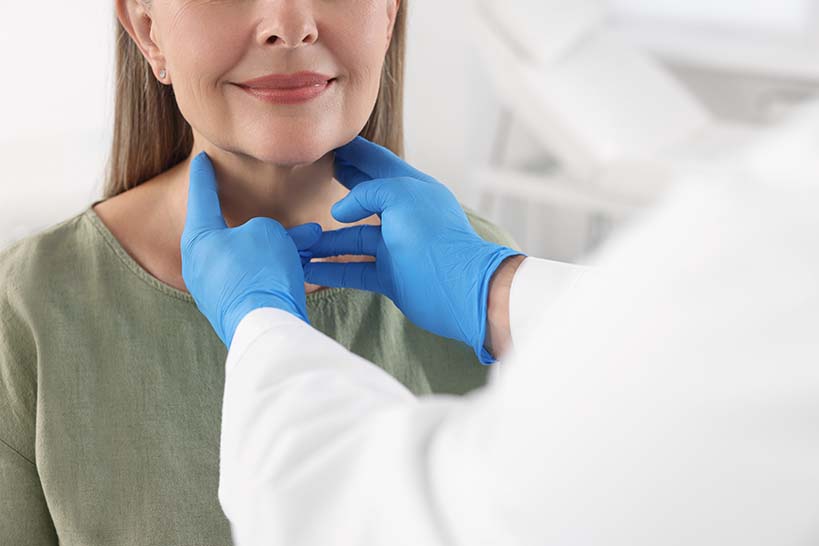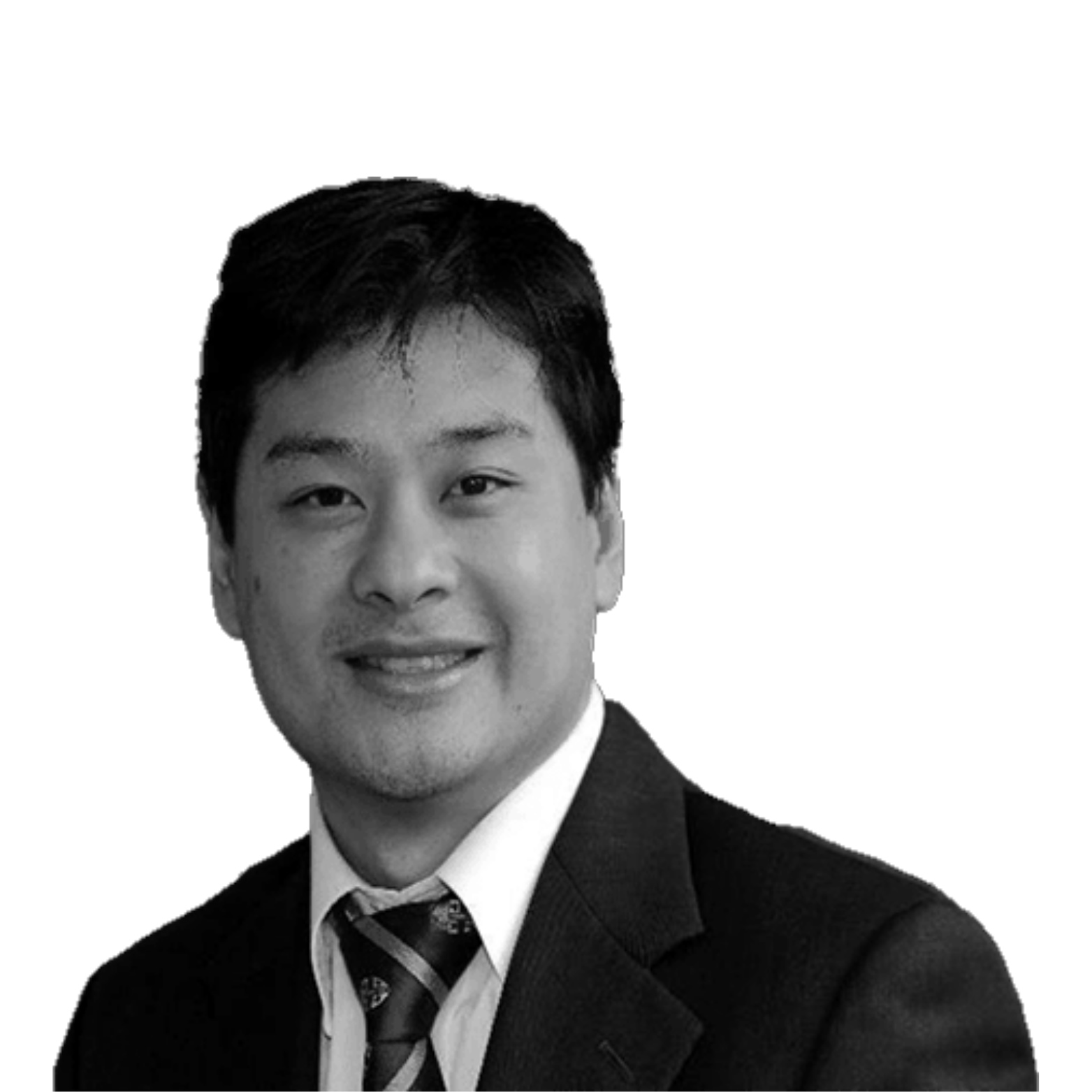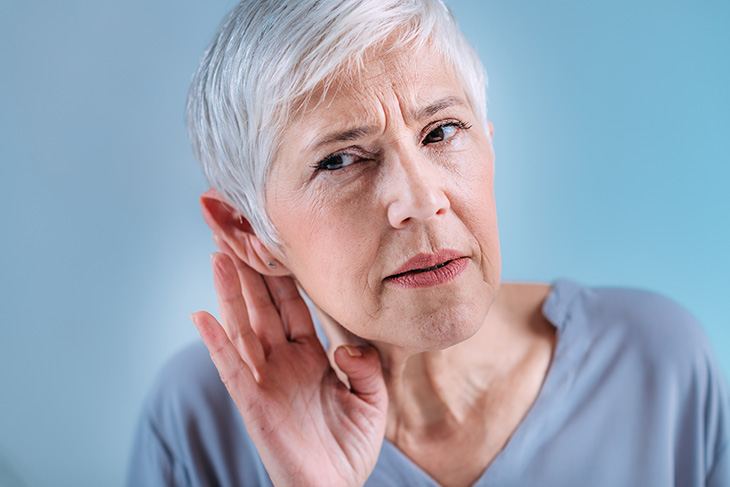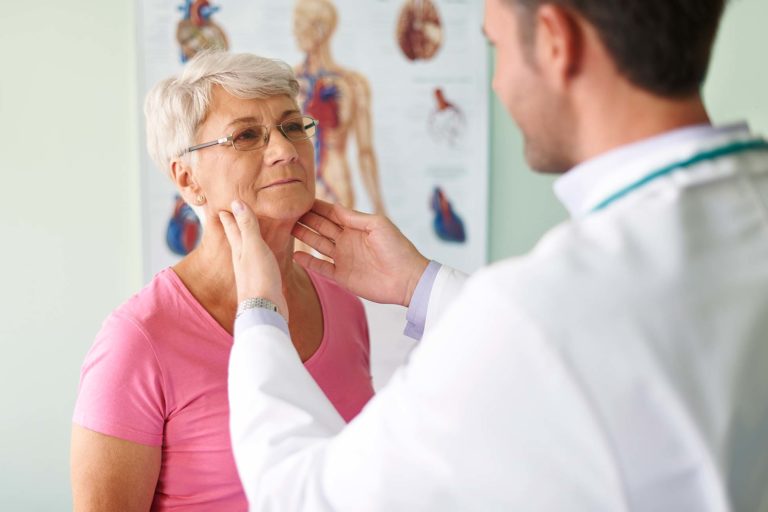Dr. Ronald Chin’s Method of Examining Oral Cavity
Dr. Ronald Chin’s Method of Examining Oral Cavity
When examining the mouth and oropharynx, it’s important to assess different structures for potential issues.
Lips: Look at the color and symmetry of the lips and check for any abnormal spots or sores.
Gingiva, Teeth, and Buccal Mucosa: Use a tongue depressor to lift the cheeks away from the teeth. Look for any problems with the gums, teeth, inner cheeks, and check the openings of the parotid ducts (across from the upper second molar).
Tongue and Floor of the Mouth: Inspect the tongue’s surface and check for masses or ulcers. Gently feel the tongue, including the base, as small surface abnormalities may extend deeper.
Submandibular Glands: Place one finger on the floor of the mouth and the other below the angle of the jaw. The glands should move easily, without pain, and be the same size on both sides.
Oropharynx and Palate: Press down on the front half of the tongue and look for any lesions on the hard and soft palates. Assess the symmetry and movement of the soft palate. Also, check inside the mouth next to the molars.
Glue ear, after draining the ear drum
Glue ear, intact ear drum
- About the Author
- Latest Posts
Dr Ronald Chin is an Australian trained Otolaryngologist Head and Neck Surgeon.
After graduating as a Fellow of the Royal Australasian College of Surgeons, Dr Chin undertook further specialised training in Head and Neck Cancer at the Royal College of Surgeons in Ireland.
He has published many research papers and is an active teacher and scholar.
As part of his subspecialty training, Dr Chin has training in Laser, Da Vinci Robotic, Flex Robotic and complex surgical techniques.
In addition to specialised Head and Neck Cancer, Dr Chin also enjoys general adult and paediatric ENT Surgery and practices sinus, snoring/sleep and general paediatric ENT Surgical procedures.
Dr Ronald Chin works as a general Otolaryngologist, offering a wide range of surgical and non-surgical treatments including ear surgery, nose surgery and throat surgery. He provides treatment for chronic conditions such as tonsillitis, sinus problems and problems with hearing.
He is also involved in the diagnosis and treatment of many conditions such as facial paralysis, head and neck cancer and sleep apnea. As well as performing surgery on children, he also provides specialist care for adults, including the treatment of throat disorders, voice loss and ear problems.
Dr Chin has also served as a Conjoint Associate Professor at the University of Sydney, a Conjoint Associate Professor at Western Sydney University and an Adjunct Associate Professor at the University of Technology Sydney.








